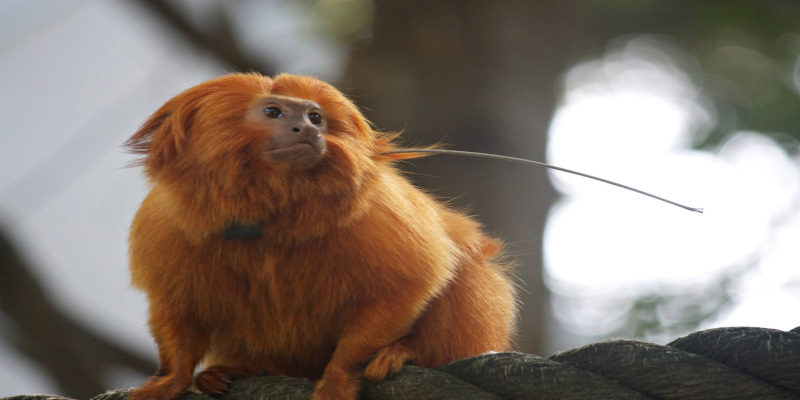Five new animal species, including three types of frogs, one old-world monkey, and a bushmaster snake, have been discovered in Tibet, challenging the long-held belief that the Himalayan mountains are a barren and lifeless place. In addition, the investigation uncovered 20 species that had never been found in Tibet before.
According to the state-run Global Times, the five new species were discovered after an eight-year investigation of the terrestrial wildlife in the Tibet Autonomous Region by the regional forestry bureau which spanned 6,346 square kilometers, was the bureau’s second of its kind, according to the paper.
The only mammal of the five new species is the white-cheeked macaque. It lived in Medog District, which is the last county in Tibet and borders Arunachal Pradesh. The males of white-cheeked macaques are slightly larger than the females. The backs of these animals vary in color from yellowish-brown to chocolate-brown, and their cheeks have the distinctive grayish-white hairs that earned them their name.
According to the study, it is the first primate species to be named by Chinese scientists in recent decades, as well as the most recent new macaque species to be described in an academic paper.
Li Cheng, Zhao Chao, and Fan Pengfei, Chinese primatologists, were the first to identify the species in 2015.
In 2012, a form of bushmaster snake called Protobothrops himalayanus was discovered in the Himalayas Mountains. It has a redhead and red eyes, which are the most distinguishing characteristics. It can reach a length of 1.5 meters. The snake’s discovery is seen as a major threat to the idea that the Himalayas Mountains are a barren and sterile landscape.
The discovery of such a large venomous snake, according to Liu Wulin of Tibet’s Forestry Planning and Research Institute, indicates local species diversity and that the local ecological ecosystem is highly native and undamaged, as predators need a complete food chain to survive.
The investigation included over 900 researchers who looked into the distribution of wild animals in Tibet, their habitats, population size, and evolving patterns. The investigation focused on identifying threats to wild animal ecosystems, as well as an analysis of their domestication and breeding, as well as trade, according to the study.
Albeit these claims about Tibet’s ecological conditions by Liu Wulin, ironically the Chinese government plans to build a mega-dam in Tibet which will cause massive damage to Tibet’s ecology.
You can read about the mega-dam project here:- India in jeopardy as China plans to build mega dam in Tibet – Tibetan Journal
Picture courtesy:-pxhere.com







Leave a Reply